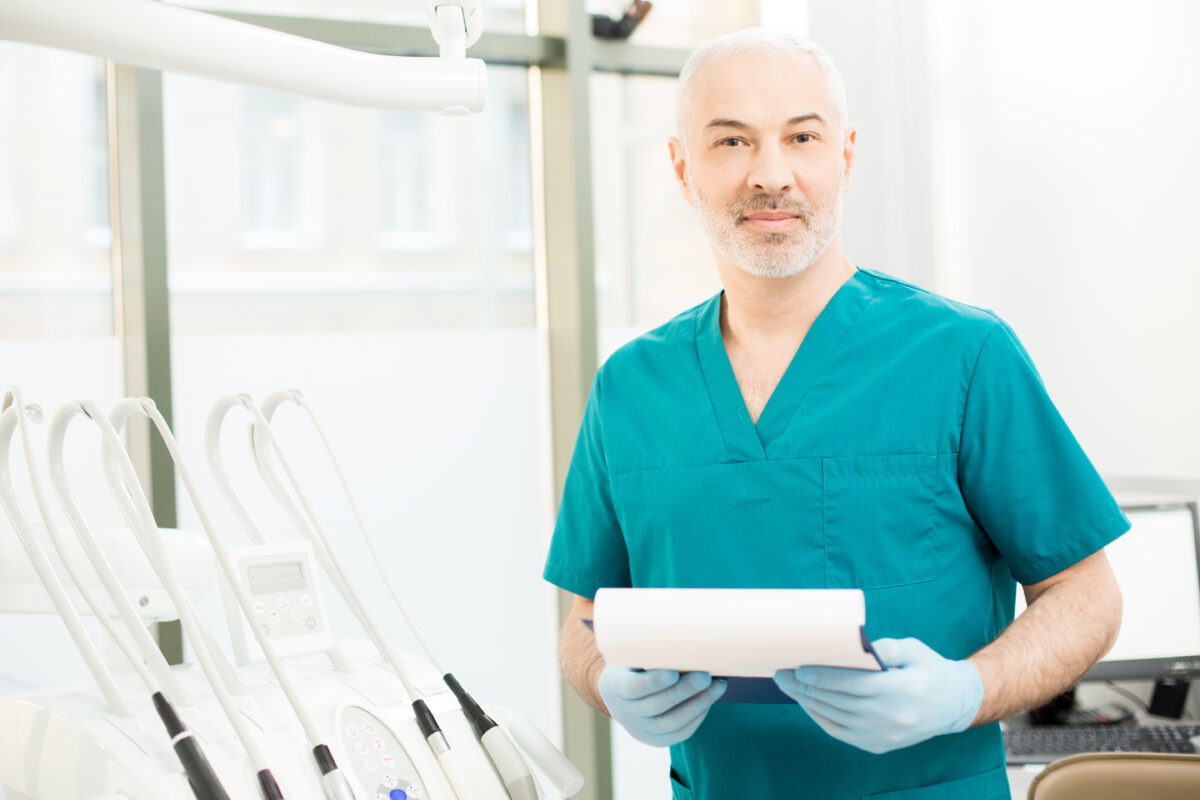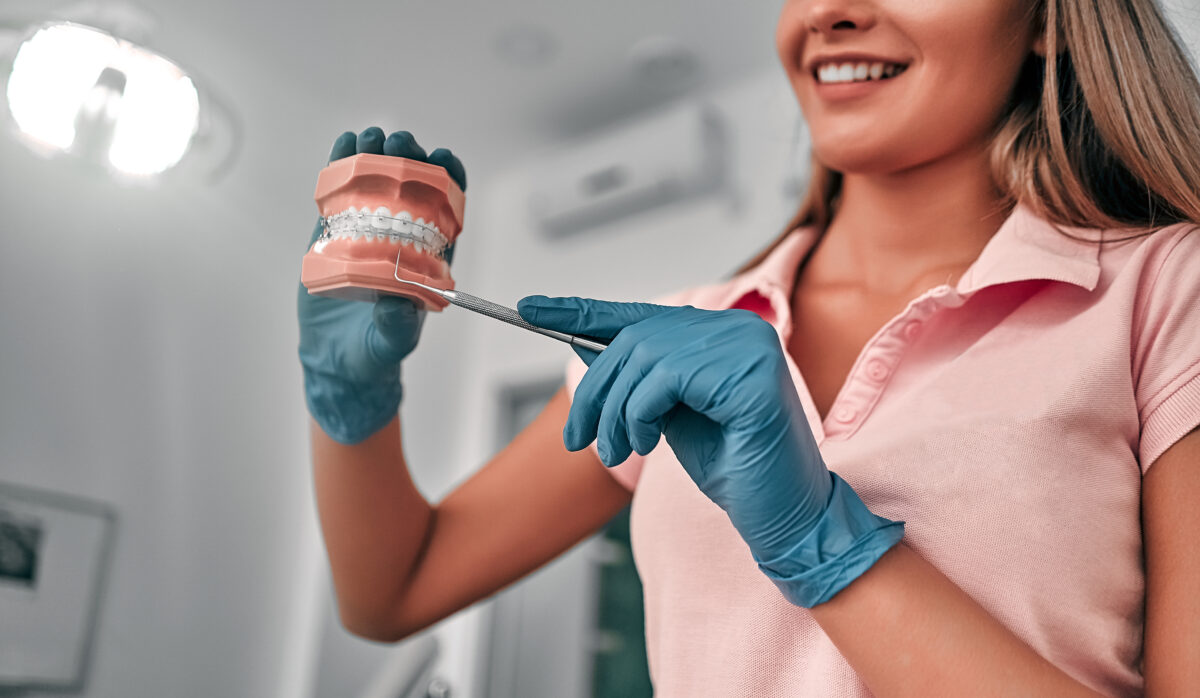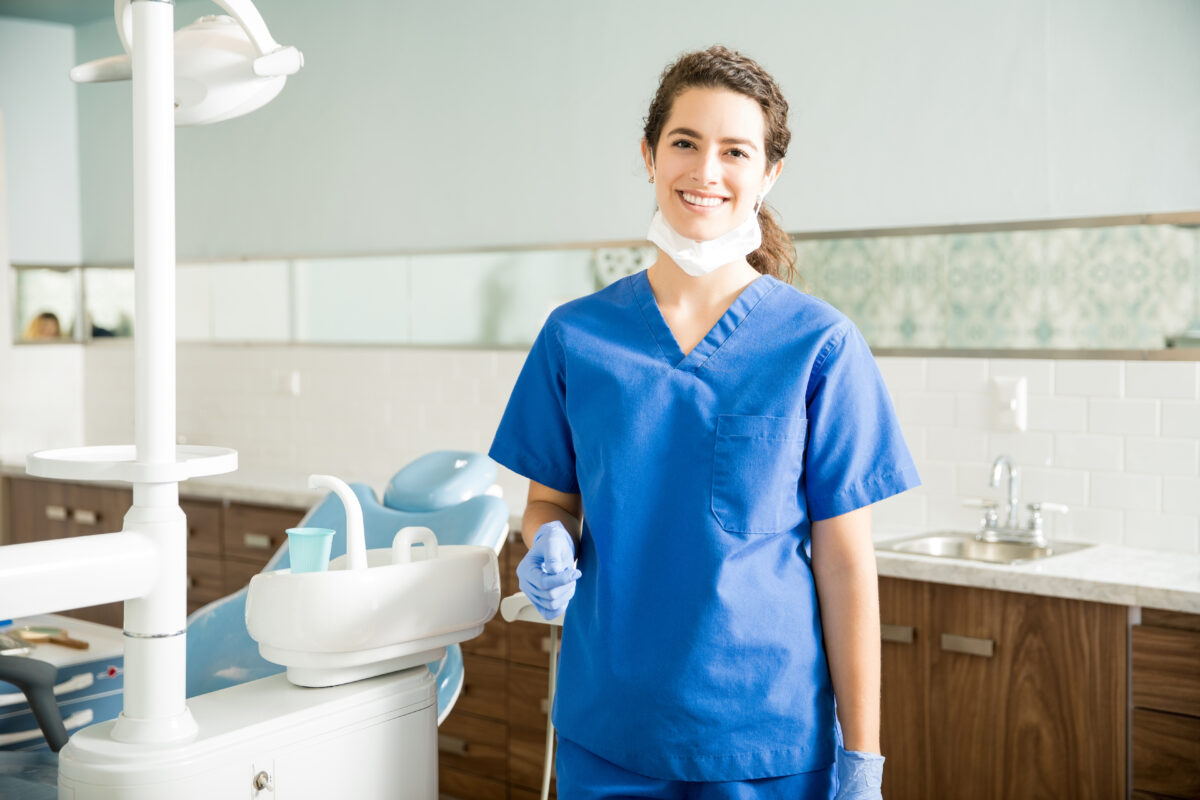
Dental surgery is a branch of dentistry that deals with complex procedures to restore the health of the teeth and jaws. In our clinic, surgical manipulations are performed professionally, gently and with modern techniques, ensuring patient comfort and safety.

Before any surgical procedure, a thorough consultation and accurate diagnosis are essential. We pay attention to each patient’s case individually to ensure safe, effective and predictable results.
How this stage works:
We answer all your questions and make sure you feel safe and informed before any surgical manipulation.
The correct choice and administration of anaesthesia is very important for a completely painless and comfortable dental surgical procedure. In our clinic, we use only modern and safe anaesthetics, tailoring them to the individual needs of each patient.
How it works:
The aim: to ensure that the patient feels no discomfort and can remain calm throughout the surgical process.

After successful anaesthesia, the main stage begins – surgical manipulation, which aims to effectively solve the specific tooth or jaw problem.
How it works:

Proper post-operative care is essential to ensure successful healing and avoid complications after the surgical procedure.
Our post-procedure recommendations:

Frequently asked questions
No, the procedure is performed under an effective local anaesthetic, so you won’t feel any pain. We also provide post-procedure comfort with recommendations and necessary medications.
Surgical removal is usually necessary:
In a conventional extraction, the tooth is extracted without additional intervention. Surgical extraction is performed when the tooth is partially under the gum, broken or has a complex root system – requiring an incision in the gum and sometimes also in the bone.
Slight swelling is a normal reaction. To reduce it, we recommend applying a cold compress immediately after the procedure. The swelling usually goes away within a few days.
In some cases, especially after wisdom teeth extraction or cyst removal, stitches are necessary to promote healing. They are usually removed after 7-10 days.
If the doctor’s recommendations are followed, the risk of complications is minimal. Possible complications – bleeding, infection or inflammation of the gums – are prevented with proper care.
We recommend that you rest on the first day, avoid hot drinks and food, avoid smoking and rinse your mouth with an antiseptic as prescribed by your doctor. Cold compresses also help to reduce swelling.
Not always. Antibiotics are prescribed when there is a high risk of infection or when inflammation is already present. The doctor will assess the need on an individual basis.
Healing usually takes between 7 and 14 days. After more complex operations (such as bone correction or removal of a cyst), the process may take slightly longer.
Yes, you can safely go home after the local anaesthetic. If sedation or general anaesthesia is being given (in rare cases), an escort will be needed.
OUR EXPERTS
Hygienist
Hygienist
Hygienist
Key facts about the clinic
Our clinic offers the latest dental technologies and a personal approach to each patient. We guarantee the highest quality materials and professional care.
Valis Dental has been operating since 1992 and is one of the first private dental practices in Latvia. Our long-standing experience allows us to provide safe and effective solutions.
We offer everything from routine hygiene and whitening to complex implant and orthodontic procedures. We have everything you need for a beautiful and healthy smile.
We use the latest digital diagnostic and treatment methods to ensure painless and effective treatment. Our clinic has a friendly and homely atmosphere.